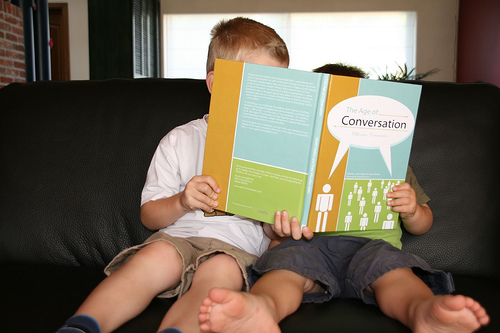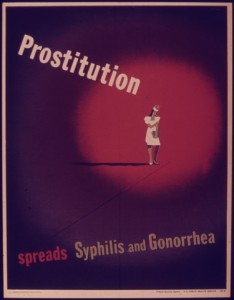“As many as 11% of U.S. women ages 15-44 who have ever had sexual intercourse have used a “morning after” pill at least once, or 5.8 million women. Half say they used it because they feared their birth control method may have failed, and the rest say they had unprotected sex.”
The report also found that only 14% of sexually experienced females ages 15–19 had ever used emergency contraception, compared to 23% of women ages 20-24 and 16% of women ages 25–29. Moreover, the report showed that emergency contraception was most common among women 20-24, the never married, Hispanic and white women, and the college-educated.
So what’s with this fear that if the morning-after pill was available over-the-counter for girls under the age of 17 without prescription, that there would be a flood of 10 and 11 year olds buying it along with “bubble gum or batteries?” In my opinion, if they are old enough to have sex and have babies, they are old enough to have access to reproductive services, contraception, and especially the information provided by comprehensive sex education that is necessary for them to make healthy, responsible decisions about their sexuality and behaviors.
Federal Judge Edward R. Korman of the U.S. District Court for the Eastern District of New York seems to agree with me. In April (2013), Korman’s ruling in Tummino v. Hamburg reversed a prior decision by the Food and Drug Administration (FDA) and Health and Human Services (HHS). In 1999, Plan B became the first emergency contraceptive approved for use by prescription. In 2006, the FDA approved it as an over-the counter drug for women over the age of 18, while requiring a prescription for minors and subsequently allowed 17-year-olds to obtain the drug without a prescription, which was overturned by the HSS in 2011 (see previous article).

Magazine cover depicting headlines for MTV’s “Teen Mom” series, demonstrating how American society exploits the struggles of teen mothers for humor and profit. The media should be trying to reinforce teen’s sexual and reproductive rights, including access to reproductive services and comprehensive sex education, not mocking the experiences of teen mothers in a sitcom reality television show.
Many have argued that the controversy over emergency contraception is based in politics, not science, where it should be. Nonetheless, this ruling has sparked hope in many, including Nancy Northup, the president and CEO of the Center for Reproductive Rights, which filed the lawsuit against the FDA and HSS Secretary Kathleen Sebelius: “This landmark court decision has struck a huge blow to the deep-seated discrimination that has for too long denied women access to a full range of safe and effective birth control methods. Women all over the country will no longer face arbitrary delays and barriers just to get emergency contraception.”
Now we who support the sexual rights of youth and access to comprehensive reproductive services must wait to see what unfolds next, as the Justice Department reacted to the ruling by stating, “The Department of Justice is reviewing the appellate options and expects to act promptly,” according to spokeswoman Allison Price.
For more, see Part 1.
Creative Commons Image Provided by: Flickr

















